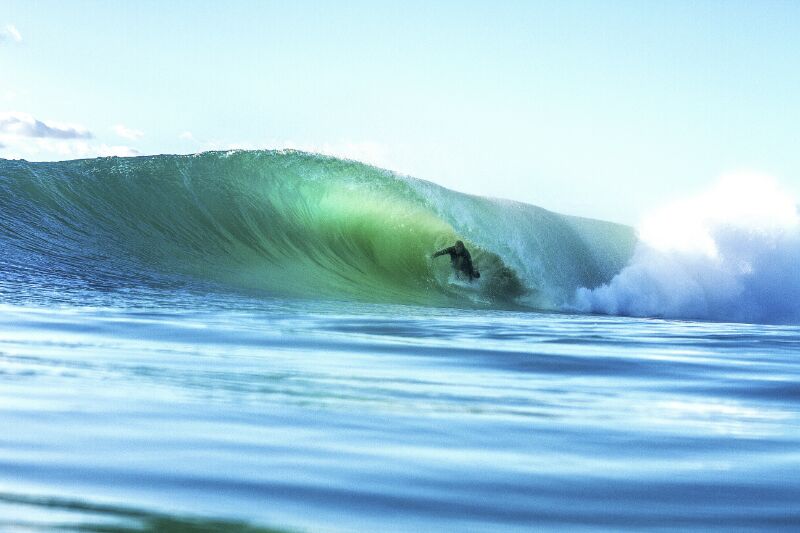Humpback Whales head south…
There are still Humpback Whales being sighted on the southern KZN coast, travelling south with determination.

It sure seems, that despite the Japanese, the Humpback Whale (Megaptera novaeangliae) population is making quite a rapid comeback. Kudos to Sea Shepherd and Greenpeace! The current population in the southern oceans is about 50 000, way down from pre whaling population of 125 ooo. In 1966 Whaling was conditionally banned, and the population is making a steady recover ever since.
Their migration pattern in our southern Indian ocean is quite simple. From the icy deep southern Atlantic waters, where food is plentiful, they fill themselves up and head north for our winer. They head away from the rich waters of the southern ocean, up into the tropics, where there is a lot less marine life. Tropical waters are like a desert compared to the cold Antarctic, and this is why they come up here. To give birth to fragile calves out of the way of predators and wild winter seas.

However, they are not completely in the clear. Killer Whales, Orcas – come right up into the tropics to eat the newborn calves. This normally happens in April or so.
It’s not entirely true that there is absolutely NO food for the whales in the tropics – there is still plankton and fry. And, they eat sardines too! The calves have got kilolitres of milk to get through before the long swim back into the cold. They are weaned within a year.
Down in the southern icy waters, humpback whales feed ferociously in bursts, often teaming up to effect ingenious ways of trapping entire shoals of small fish. They work together to create a maelstrom of bubbles around and below a shoal of fish. The bubbles come to the surface, shrouding the hapless fry. Other whales stay down and herd the shoals upwards into the maelstrom of bubbles. And the humpbacks come up from the bottom in succession, mouths agape and swallowing thousands of fishies all at once!
We can expect the re-appearance of our humpback whales next year as early as March, and they then hang around until October.
Bon Voyage!


